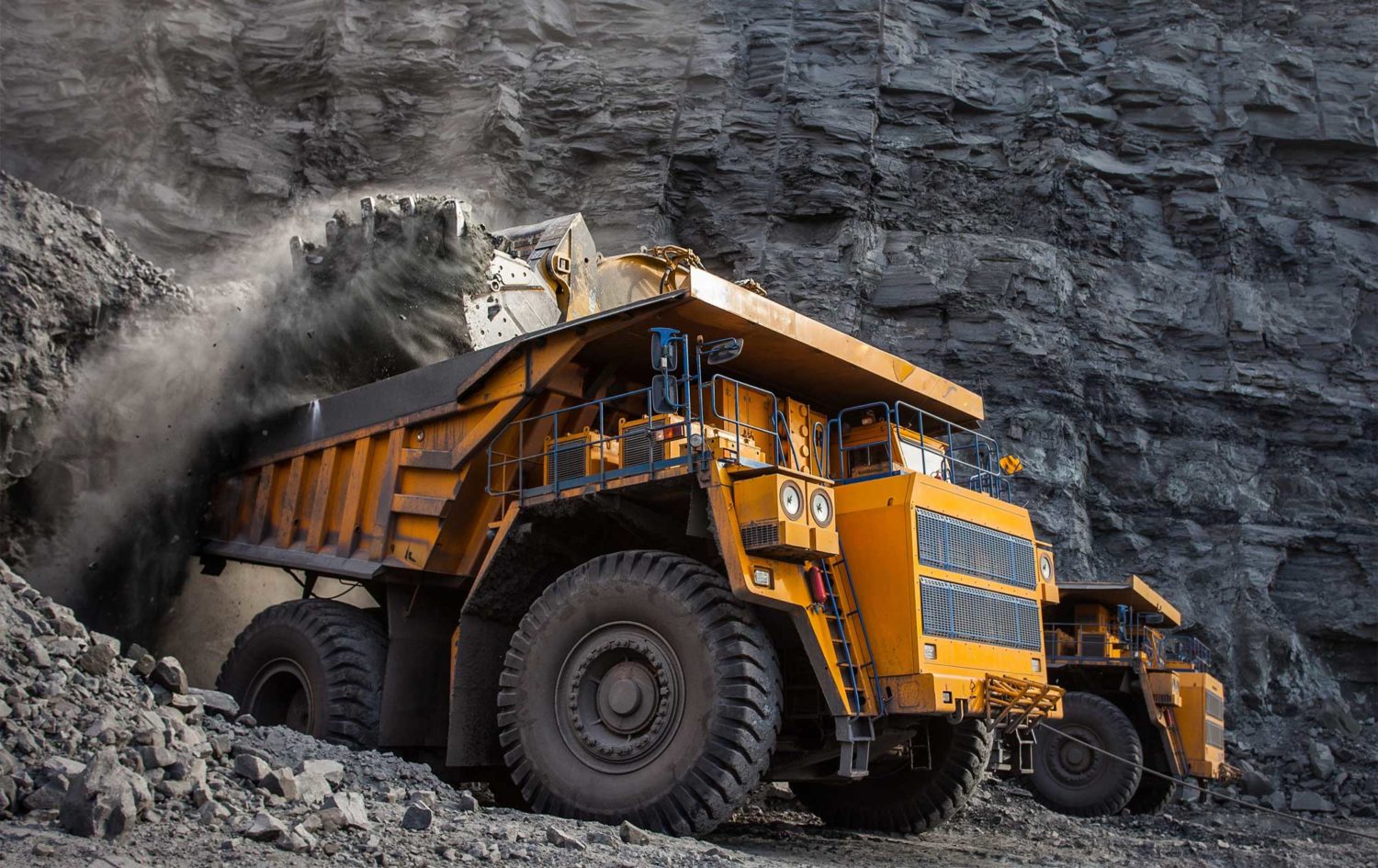Seaborne iron ore prices drove furiously higher on Thursday as China returned from its holiday and immediately picked a fight with Australia.
The Kallanish KORE 62% Fe index leapt $12.03/t higher to $202.26/dry metric tonne cfr Qingdao. The KORE 65% Fe index jumped $11.74/t to $236.22/dmt cfr, but the KORE 58% Fe index slumped $7.49/t to $171.93/dmt cfr as markets sharply readjusted. 190,000 tonnes of PB Fines sold at a floating price.
On the Dalian Commodity Exchange September iron ore settled up CNY 44.5/t from before the holiday at CNY 1,153/t ($178.04/t), while on the Singapore Exchange June 62% Fe futures settled up $8.53/t at $195.47/t. The same contracts for 65% Fe and 58% Fe futures settled up $7.28/t at $229.70/t, and down $11.16/t at $162.36/t respectively. In Tangshan, billet prices gained CNY 60/t to CNY 5,120/t.
On Thursday, markets were tipped into a frenzy by China’s decision to indefinitely suspend work on the China-Australia Strategic Economic Dialogue. The direct impact of the move is minimal, but it sent a message that China intends to take a firm stance in its disputes with Australia. Coal imports from Australia are already blocked, and look set to remain blocked for the foreseeable future.
Now traders are talking about how far China may be willing to go on iron ore. Unlike coal, China cannot continue to produce steel as normal without Australian iron ore. This had been assumed to mean that China would hold off any action, as the costs would be shared more or less equally.
A ban would not be feasible, but measures to increase the cost of trade would be possible, if China is willing to bear a greater cost in order to punish Australia. Even a minor move could have an impact on steel production, and in a tight global steel market this would push prices even higher, supporting iron ore prices even while reducing demand.
The dramatic moves on Thursday have also been born of uncertainty and speculation, however. It remains entirely feasible that China takes a different direction and shies away from triggering higher inflation. If the warning shot across Australia’s bows is indeed just a warning, then markets could easily be disappointed. Whatever happens, prices are likely to remain highly volatile in the near future.






